A round-up of the week’s reviews and interviews
The Salon du Dessin has long been celebrated as the world’s premier marketplace for drawings, attracting both private buyers and international museums to Paris every spring. With the 24th edition now open at the Palais de la Bourse, Apollo picks out highlights from the fair and from its array of satellite events.
The Drawing Biennial is Back (Maggie Gray)
‘We didn’t really understand the potential it had at that stage’, McFarlane admits when we meet, surrounded by the latest consignment of works, a few days before the opening of this year’s Biennial – the Drawing Room’s seventh, and the biggest yet. Some 268 works by 253 artists (more than twice the count at the first sale) are strewn across the Bermondsey gallery: the traditional ones are laid out in plastic sleeves ready to hang in neat alphabetical order on the walls, while the more unorthodox creations have a designated table to themselves.
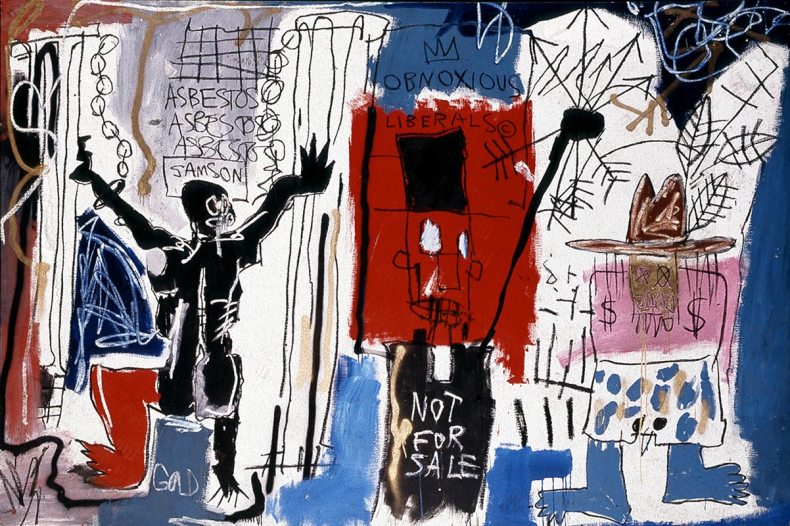
Obnoxious Liberals (1982), Jean-Michel Basquiat. The Eli and Edythe L. Broad Collection © Estate of Jean-Michel Basquiat. Licensed by Artestar, New York
‘Now’s the Time’: Basquiat’s work at the Art Gallery of Ontario is still relevant (Rebecca Travis)
A Charlie Parker soundtrack loops overhead as you enter the first section ‘Street As Studio’, encountering a large homage to a Parker vinyl record on the way. This opening section displays some of Basquiat’s earliest works, with childlike trains, planes and automobiles depicted alongside the darker realities of his surrounding environment, such as a homeless and wheelchair-bound war veteran. Many of the works are on salvaged supports, boards and fence posts showing his drive to utilise surfaces, as well as subject matter, from the street.
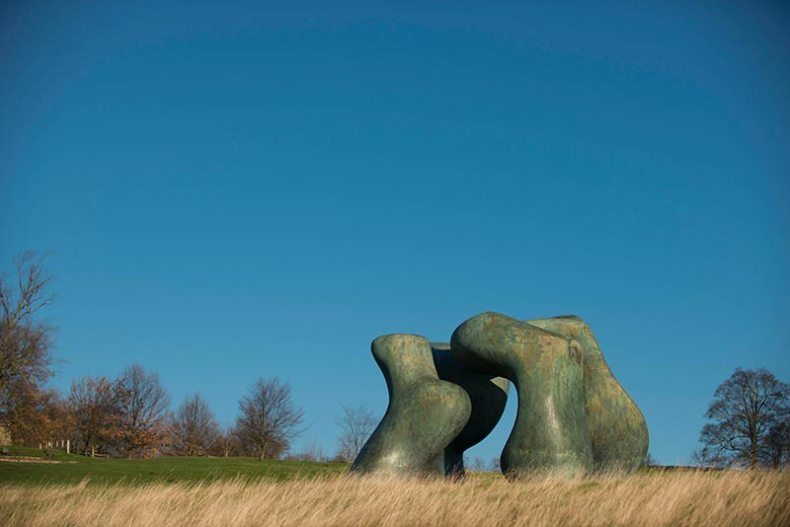
Large Two Forms (1966–69), Henry Moore. Reproduced by permission of The Henry Moore Foundation. Photo © Jonty Wilde
There’s more to Moore than his monumental sculptures (Catherine Spencer)
In taking this thematic approach, the Yorkshire Sculpture Park exhibition traces Moore’s experimentation across multiple media rather than just sculptural production. As a result, it shows how Moore’s work might be understood to have reconceptualised sculpture itself as an inherently diversified practice. Alongside Moore’s familiar reclining figures in green bronze, there are strange finds like the drawing Map of 1981, a combination of watercolour, wash, chalk and shaky ball-point pen, in which a telephone-conversation doodle becomes a miniature geography.
Unseen: The Lives of Looking by Dryden Goodwin (Peter Yeung)
Goodwin is known for blending media such as film and drawing to startlingly immediate effect. In Unseen: the Lives of Looking, he combines etchings, photography and even experimental scoring in an intense feature-length essay film ostensibly about three individuals: a planetary explorer, an ophthalmic surgeon and a human-rights lawyer.
Unlimited access from just $16 every 3 months
Subscribe to get unlimited and exclusive access to the top art stories, interviews and exhibition reviews.

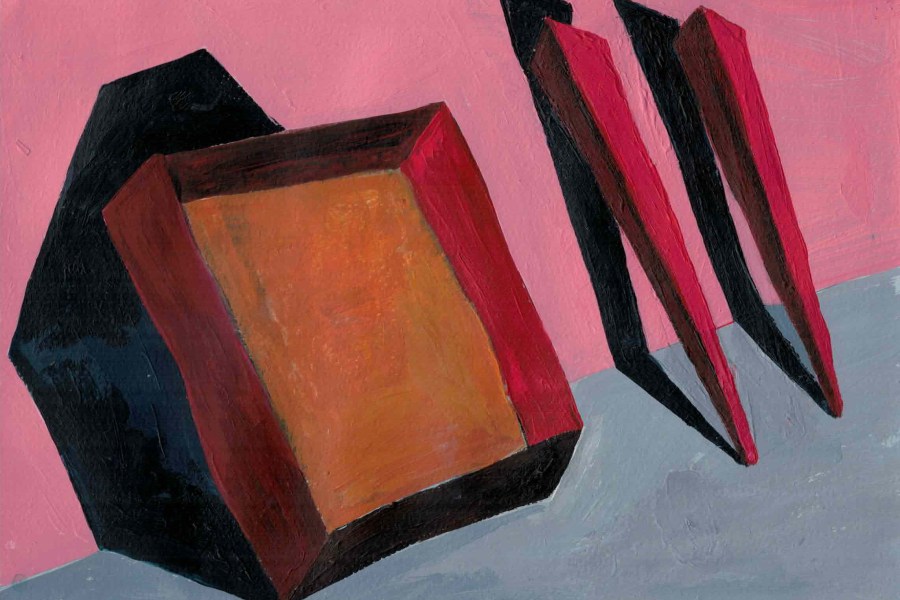
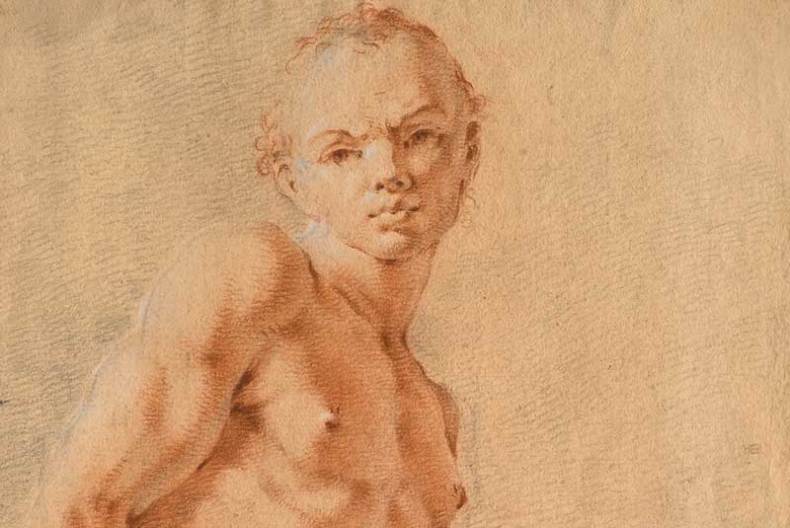
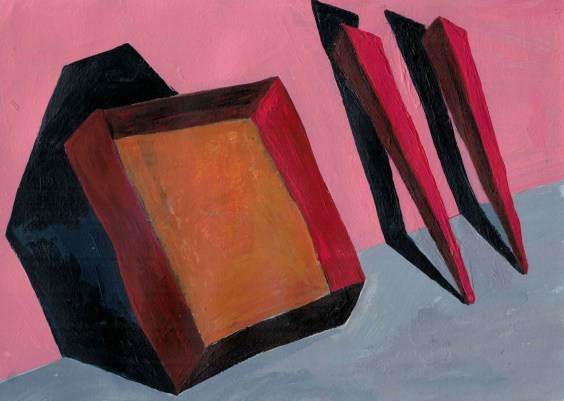
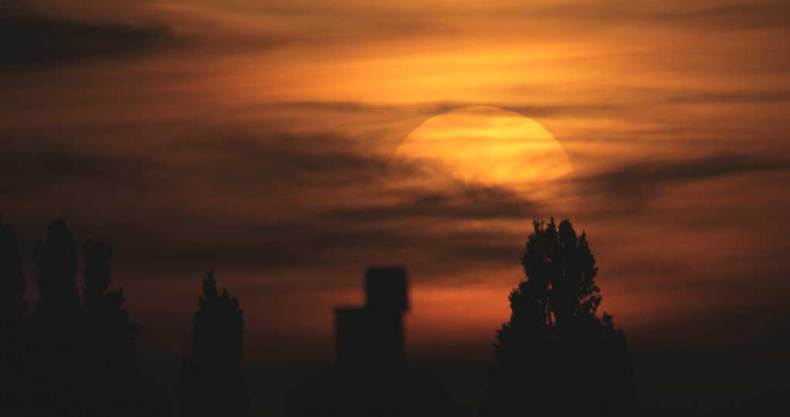
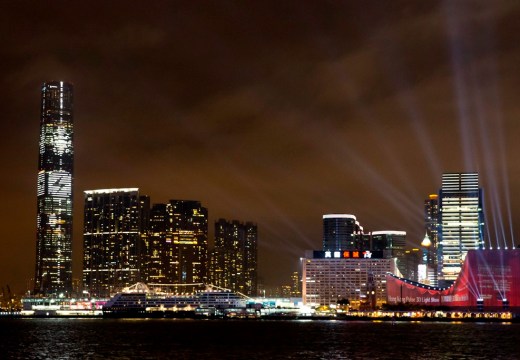

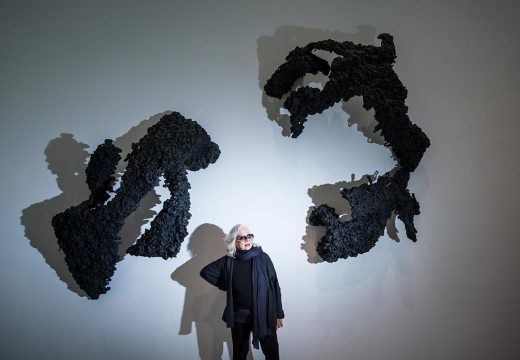









![Masterpiece [Re]discovery 2022. Photo: Ben Fisher Photography, courtesy of Masterpiece London](http://www.apollo-magazine.com/wp-content/uploads/2022/07/MPL2022_4263.jpg)
It’s time for the government of London to return to its rightful home